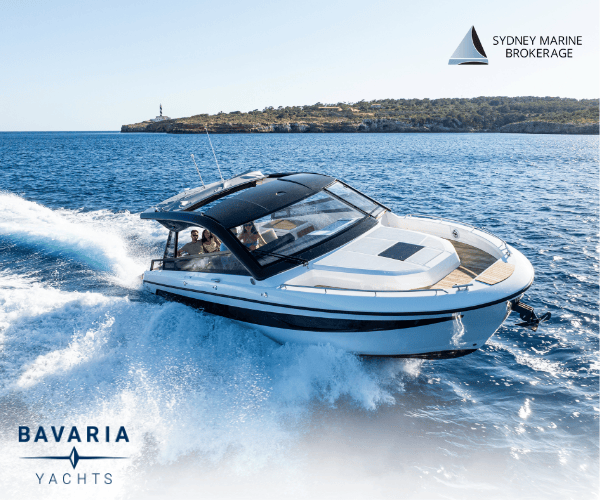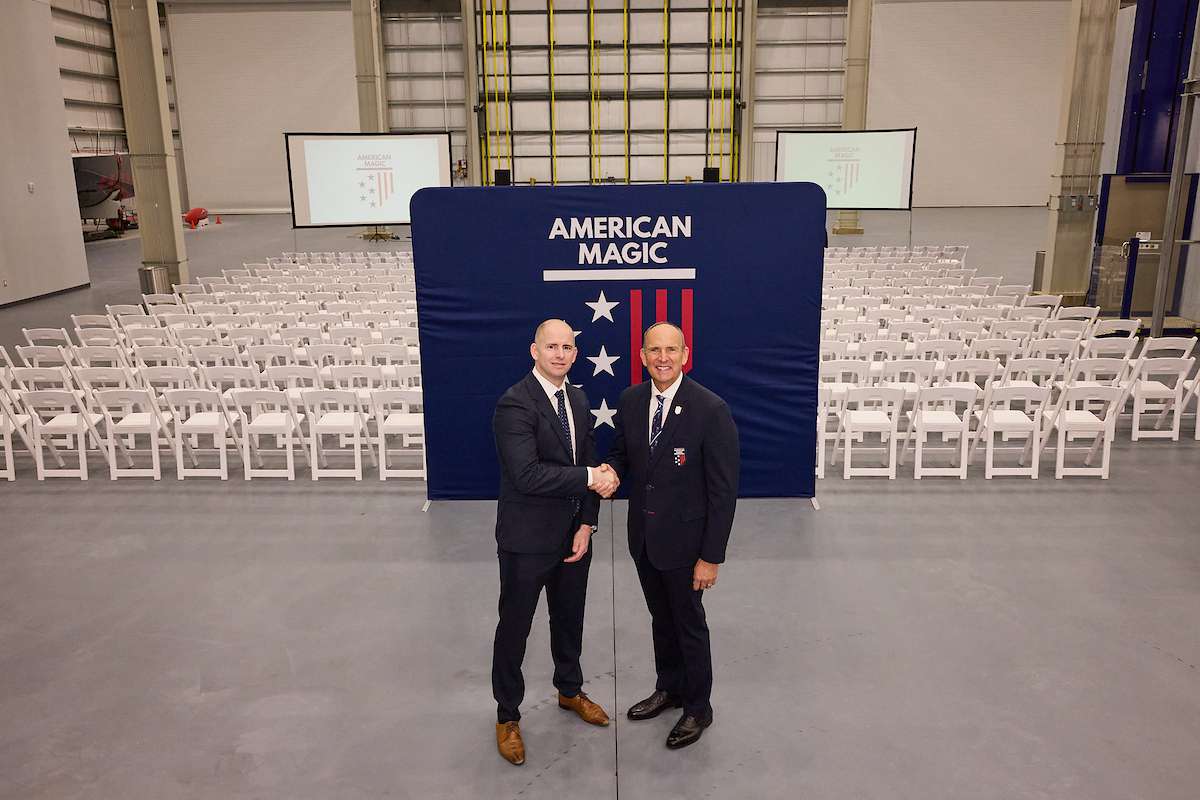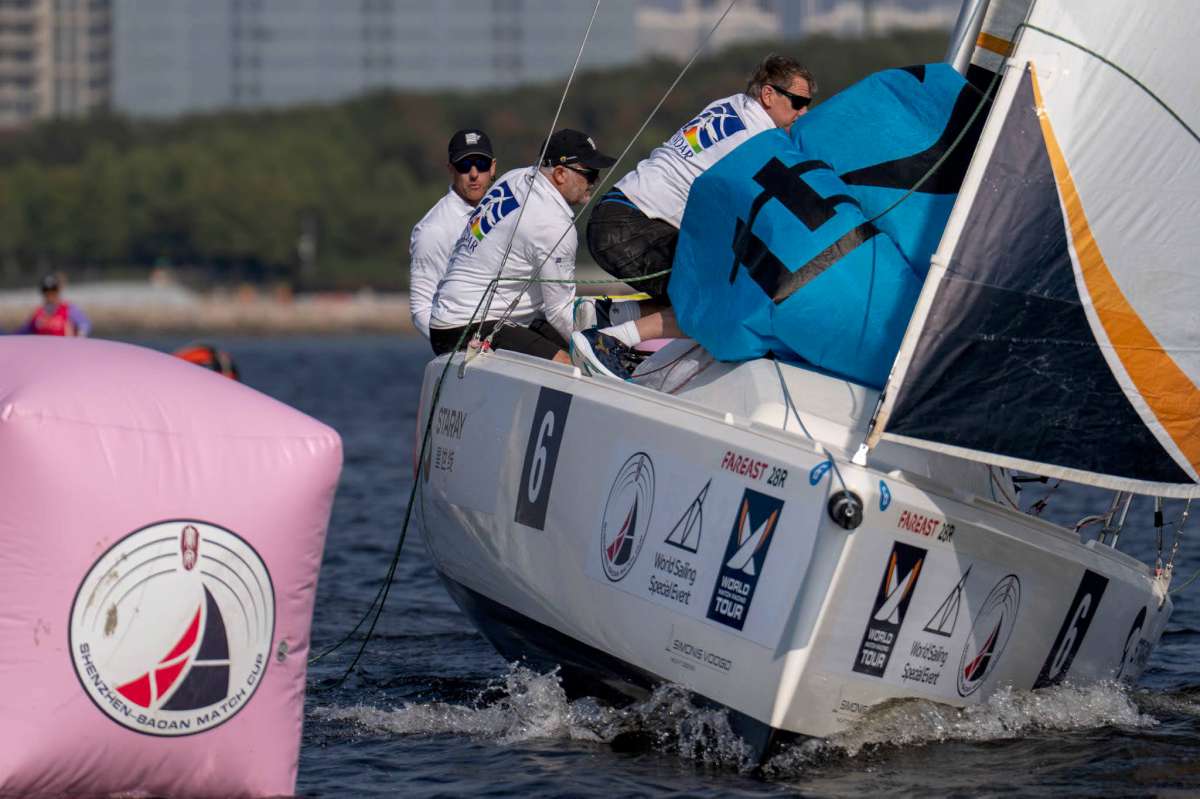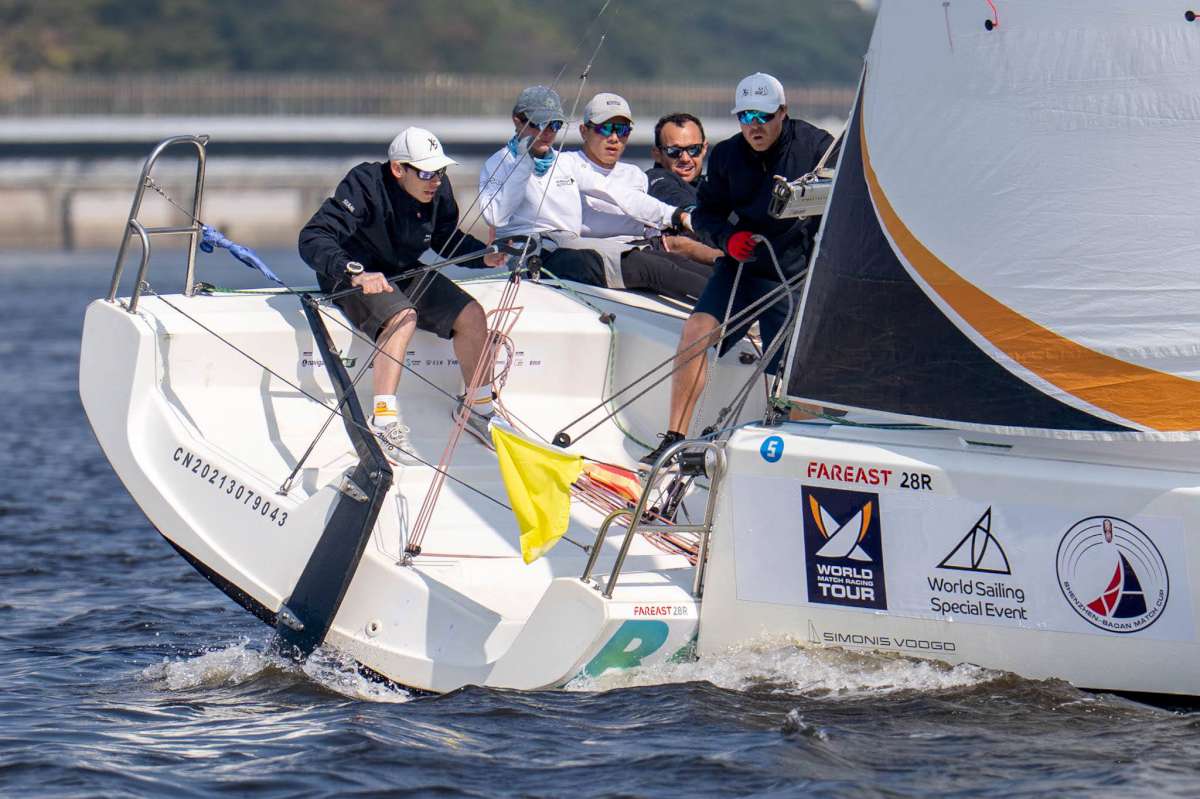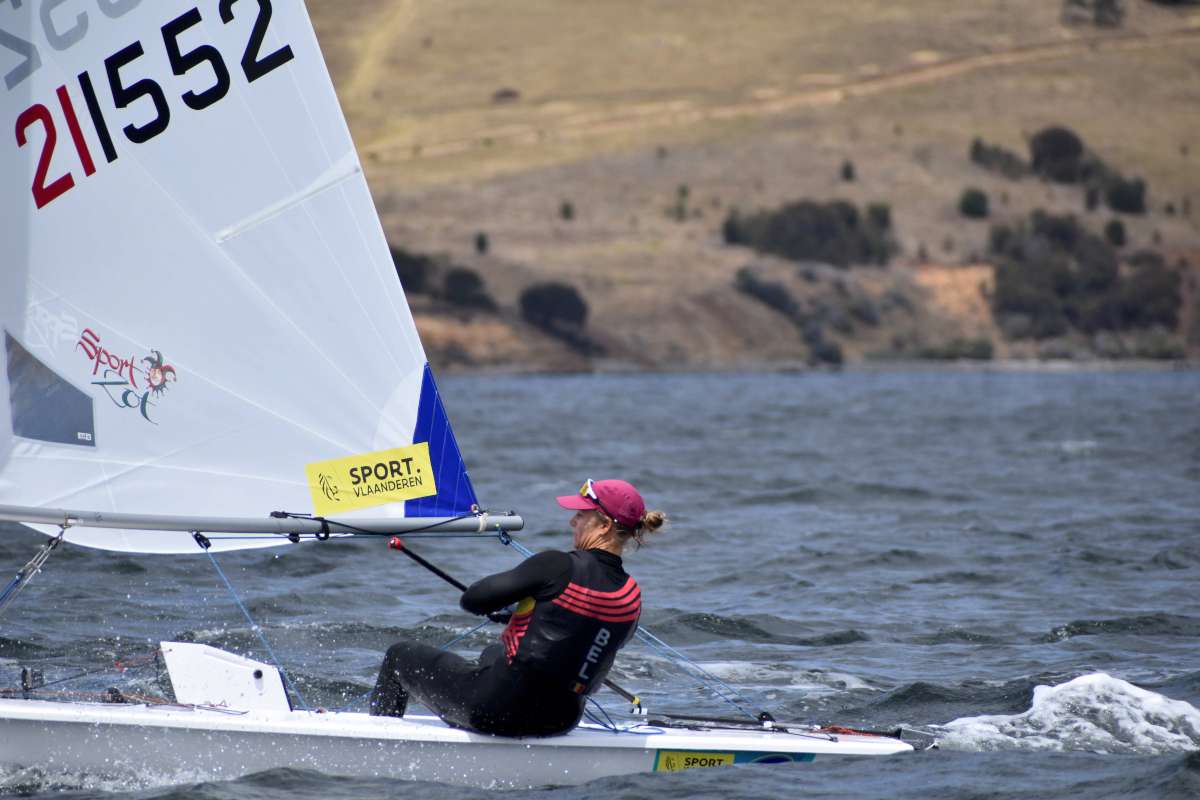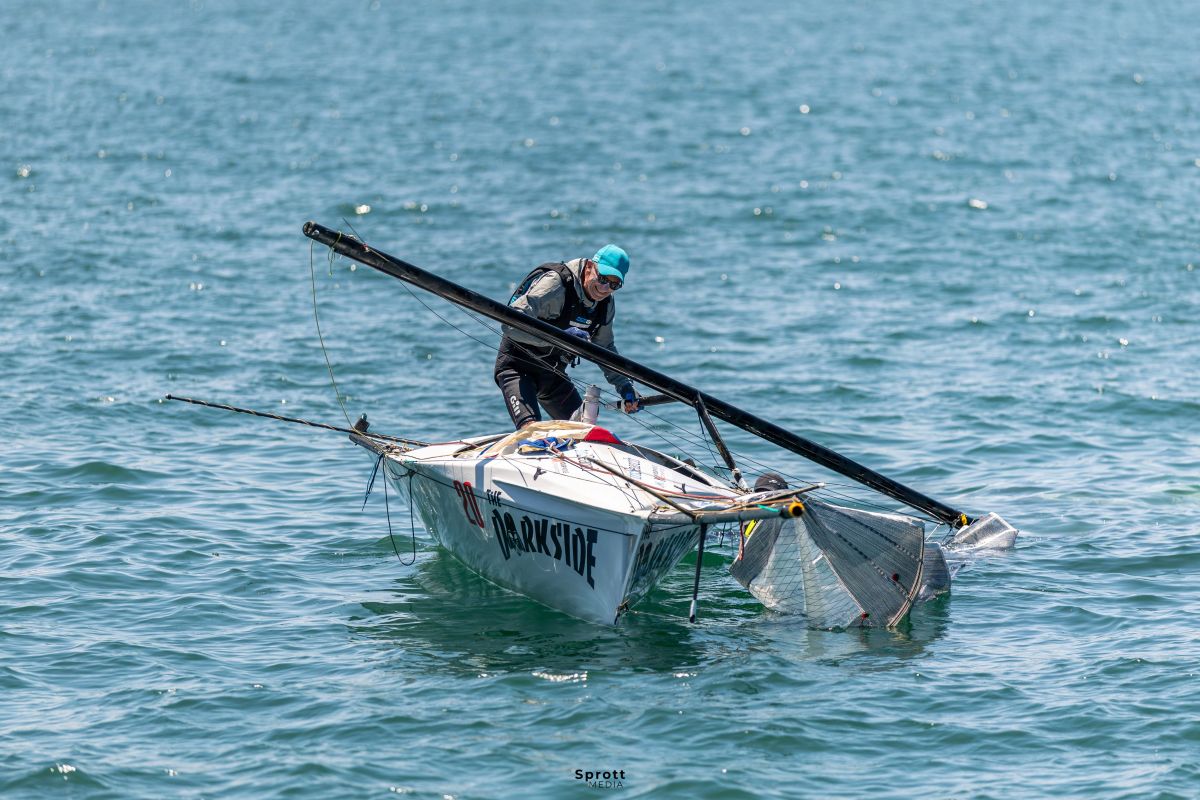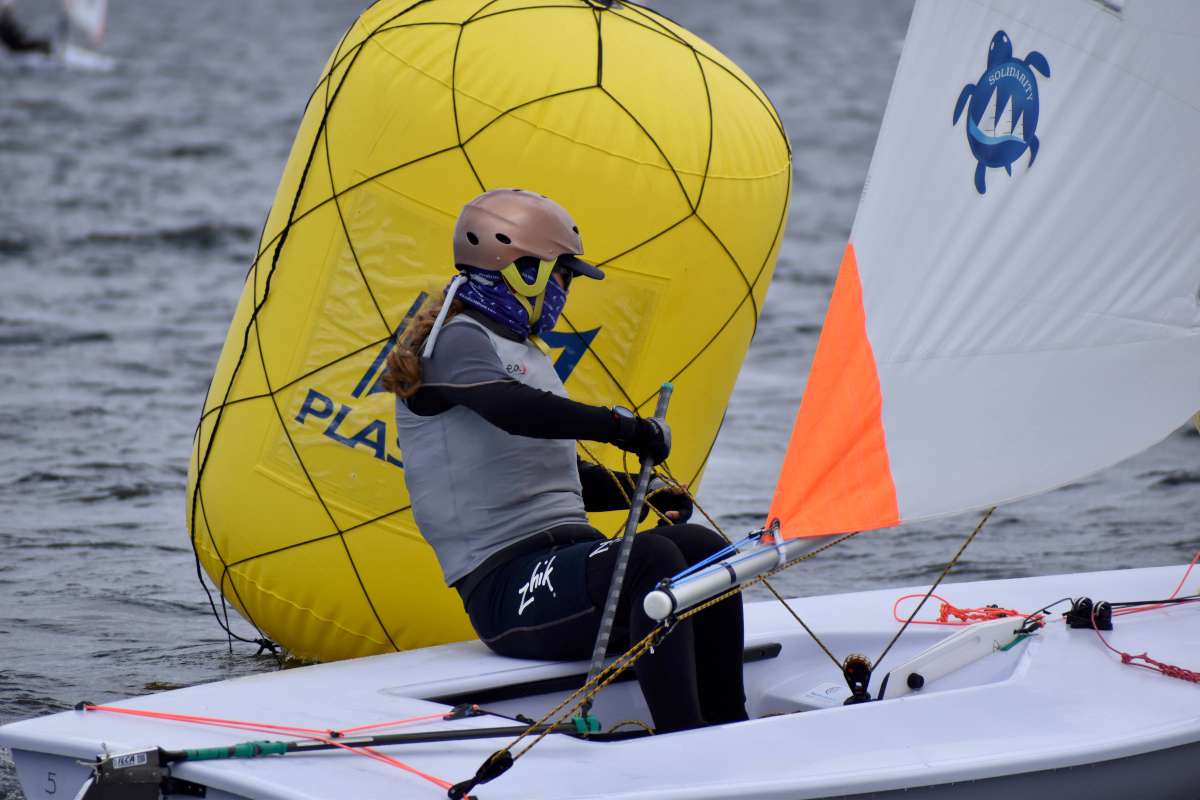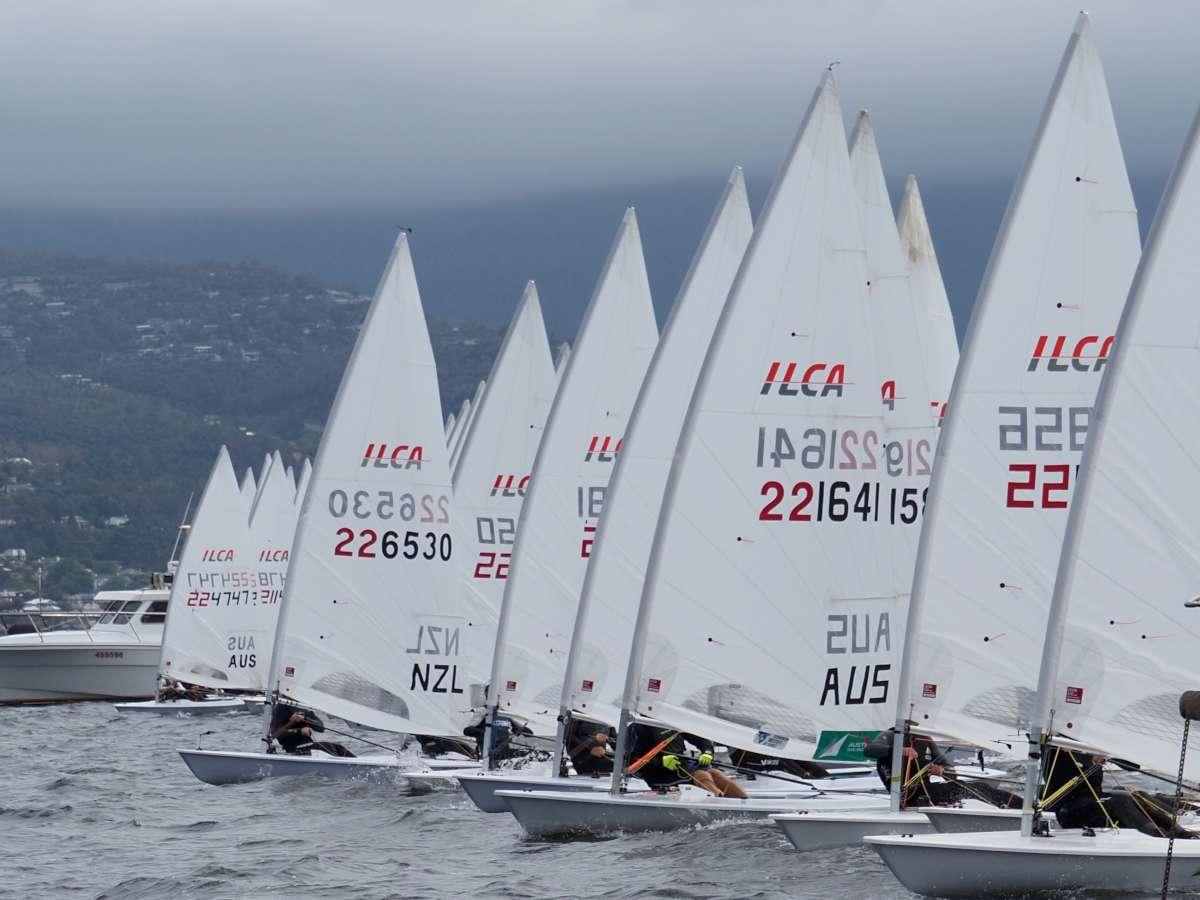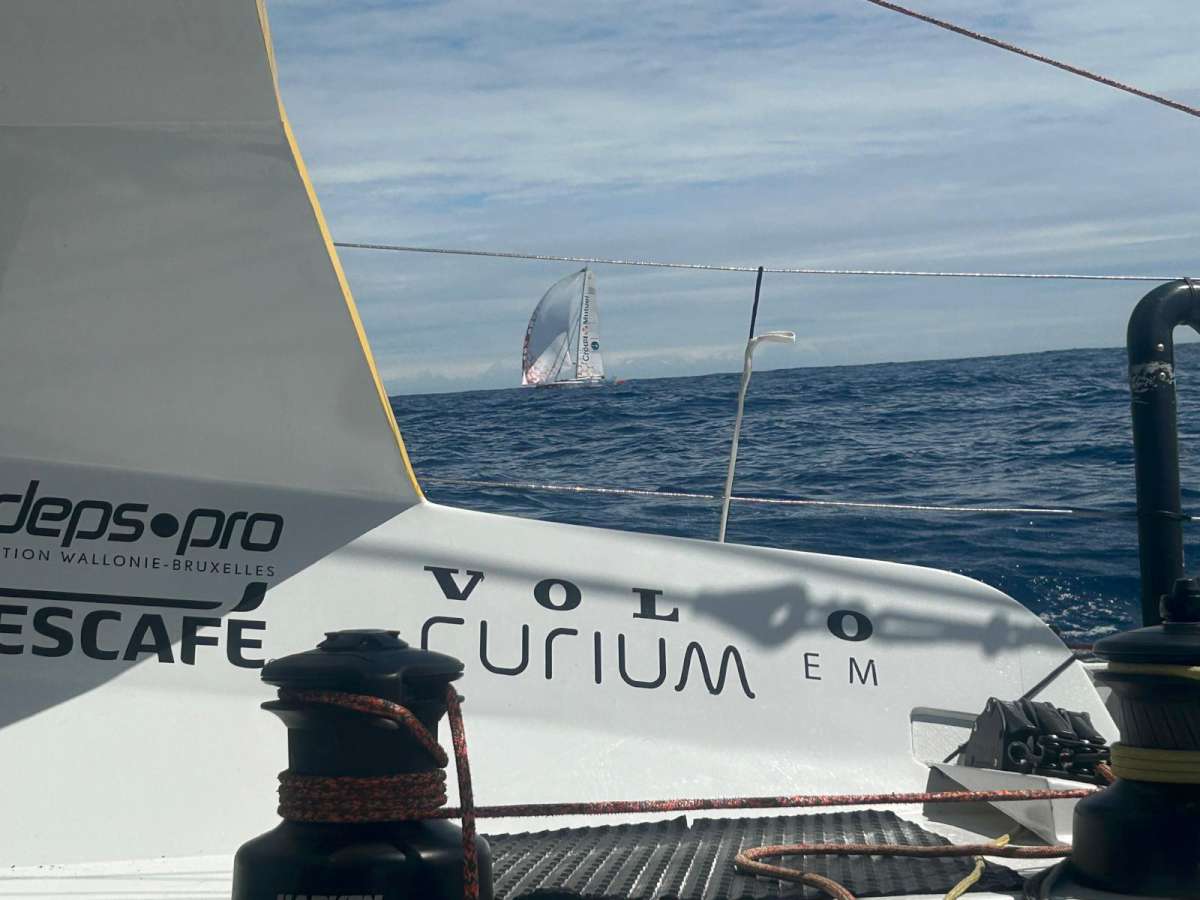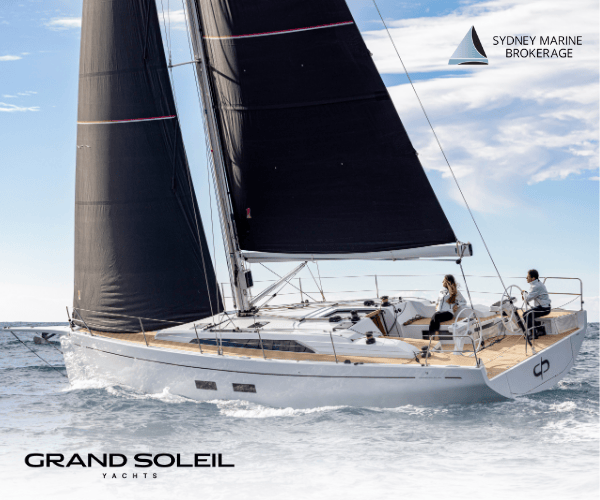I am often asked what I carry on board for various races and what is in my tool kit as a navigator. The navigator’s tasks on board can be varied. The role requires many specialist tools that would not normally be found on
the boat.
My tool kit is different depending on whether the
race is inshore or offshore for two reasons. First, when racing inshore you are likely to be back at the dock
where you can fix things in just a few hours, so the need
to carry repair tools is reduced. Secondly, for an inshore race you generally won’t be doing chart work, weather routing and communications work, other than with a handheld VHF.
So, as the two disciplines are quite different, I maintain three tool kits for racing and then a fourth that stays in the team van or at home. I have an everyday case that has all I need for inshore racing, including the basics like my compass and wet notes. Heading offshore I add to that two more cases which contain my offshore tools for repairing faults, and my offshore navigation equipment.
Your tool kit may be different depending on the equipment on board the boat and the type of racing you are doing. Try to think of all the possible tasks you will have to do, and ensure you have the items you need to complete those tasks.
Inshore Briefcase
For this case, the trick is to limit the weight on board, but also have the information you need to hand. I try to carry:
-
Sailing instructions; remember that one of the navigator’s roles is to ensure that the SIs are complied with.
-
Wet notes; which will go in my pocket once we leave the dock, and will have a series of bullet point notes to remind me of the important points from the SIs, the weather for the day, and any other key points for the days racing.
-
Memory stick; with a backup of Deckman and/or Expedition data such as polars, current gribs, sailing instructions, courses etc. More than one time a wave has bumped a finger on the deck screen leading to a deleted file.
-
Headlamp; modern race boats are dark places, with nothing but carbon fibre all around. Often the nav station is tucked away in the darkest place.
-
Hand bearing compass; will end up around your neck once we start racing.
-
Decent watch; an accurately set watch is essential, set it to match the time given by the GPS system, this is often what the race committee will use. Next time they call on VHF that they are starting at 13:15, you will know exactly how long until your 5 minute sequence.
-
Deck screens; always take the deck screens with you and fully charge them overnight. Relying on charging on the boat is not a great idea, too often a shore power lead gets kicked out or someone flicks the batteries off, then you have no deck screen for the next day.
-
Handheld VHF’s; again, take them with you and make sure they are fully charged.
Offshore Briefcase
For an offshore race you need to consider how you are going to fix something when needed, or if you can’t fix it, how are you going to work around it. You will need your tools for chart work, as well your logbooks.
I divide this equipment into two cases, a navigation case and a repair case.
Navigation Case
All the inshore stuff plus:
-
12vDC chargers; for hand held VHF’s, deck screens, mobile phone, etc. You should have these fully charged before leaving the dock, but they are unlikely to last until the end of the race.
-
Full set of charts; often these are required by the sailing instructions, but check to see if they are enough for the race you are doing. Do they show local traffic separation schemes in the harbour; a local chart may be needed for these details.
-
Parallel rule and dividers; in case the electronic system fails and you need to do some manual chart work.
-
Binoculars; a must for offshore sailing.
-
Notice to Mariners; check the notice to mariners for the area you are sailing. Critical safety information is broadcast this way, such as missing navigational marks, hazards and changes to shipping lanes. Print out any relevant notices so that you don’t have to rely on memory.
-
Ship’s documents; do you need any immigration documents, insurance documents, radio licenses?
-
Log book; you should keep a rolling log every few hours in case your electronic system fails; it will help you find your position much faster in an emergency. It also helps to keep trend data on wind speed, wind direction, barometric pressure etc. The CYCA’s Blue Water Pointscore Series requires a logbook to be kept along with a log of any radio traffic.
-
Emergency documents; I carry a laminated emergency sheet that contains the contact numbers, radio frequencies and the boats details for quick reference. It is much easier to read into the radio in an emergency situation, than it is to have to remember it all while making the call.
Repair Case
-
Small screwdrivers;not just for fixing sunglasses – most electrics have very small terminals.
-
Multi-meter;very helpful for fault-finding but don’t forget to learn how to use it before the race. Getting one with an audible resistance function is helpful for checking cable integrity.
-
Cable Ties; so you can tidy up a repair and avoid your repair being damaged by sails and crew moving past.
-
Spare Fuses;make sure you have a couple of each size required.
-
Network Cable; just in case you need to plug into something with the laptop while by passing the boats router. Take the time to learn how IP addressing (and DHCP) works for local networks; it will save you many hours of troubleshooting.
-
System manuals; I carry these as PDF files on the boats laptop, as well as on a memory stick. However should the laptop go down, it’s worth having any critical ones printed.
On the TP52 we also carry a spare masthead wand for an offshore race. These are light and can be taped to the deck head to keep it out of the way.
Back on shore
There is a variety of other items that a navigator should have access to while getting the boat ready and as spares, Some items will be setup at home or in the team trailer, others you will need at the boat:
-
Good A3 Printer; needed for printing out crew lists, boat documents, entry forms, and manuals.
-
A3 Laminator;sail crossover charts, targets, and crew lists change over time, its good to be able to print out new ones and laminate them.
-
Label Maker; keeping good labels on parts can make running through a problem much easier.
-
Lettering Stencils; the navigator seems to be the go to guy when a sail needs re-labelling, or the crew wet weather gear needs numbering.
-
Spare displays for the boats instruments; it’s always in the middle of a regatta that a display will lock up or stop working. Often when this happens the local dealer will need to order one in, having a spare in the van means you can get running again while waiting for the replacement. A refurbished one can be a good cost effective option to get you by.
-
Spare cables;network cables and other electronics spares as required for your electronics system are a must. Sails and equipment can catch on cables and break them, just like display’s not all local dealers stock the right cable for the job. Take particular note of any proprietary terminals, plugs or sockets that you might need.
-
Crimping tool and assorted crimps; do you have the right tools to fix a cable that has come loose?
-
Heat shrink cable wrap; binding a repair with electrical tape is only a short-term solution to stopping water ingress and corrosion. Make sure you go back and do the job properly when you get back to the dock.
-
B & G junction box; B&G make a neat little junction box. These a very handy as they can be used for a wide range of applications and can be used for quickly making connections when solving
a problem. ✵
– Ross Vickers




